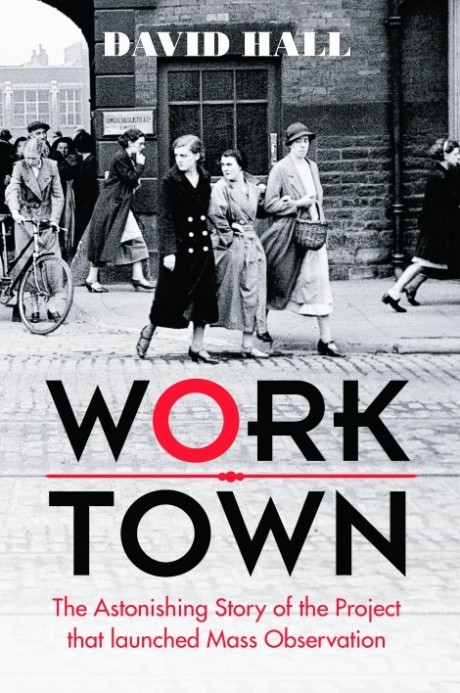Hardback by Weidenfeld & Nicholson, £20 (ebook £13.99)
In the late 1930s, the Lancashire mill town of Bolton was the subject of a new kind of research to see how its inhabitants worked and lived. An unconventional anthropologist who’d started by studying indigenous tribes in the South Pacific, Tom Harrisson decided to treat the working class in a similar way by studying their habits. T
he book details how 90 observers (usually upper-class Oxbridge types), recorded minute details of everyday life, like how long it took to drink a pint, how many people walked up and down the street one day, to why people did or didn’t vote in the election.
The book also details how his experiment grew into the wider Mass Observation study – and his working relationship with Charles Madge, the other architect of the MO project. The social history is fascinating and the impulses that drove Harrisson to record things “objectively” have both scientific and cultural roots. He saw a gap between how he heard working people talking about the King’s abdication and how the media reported feelings to be in the country.
Class and class issues run throughout the book. There are parallels with today where the voice of the working class seems to be drowned out in any election debate, and the fat cats seem to be getting fatter.
It’s a timely, readable reminder that while everything changes, everything also stays the same.

